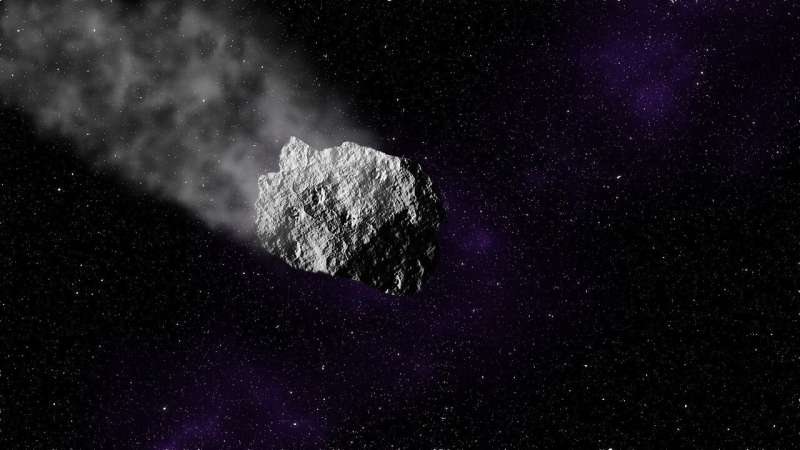Bob Yirka writes:
Scott Sheppard, an astronomer with the Institute of Astronomy at the University of Hawaii, has published a Perspective piece in the journal Science suggesting that it is time for the space science community to take a closer look at near-Earth objects (NEOs) that lie in the direction of the sun. In his paper, he notes that the technology now exists to look for and find such NEOs, at least during the twilight hours.

As Sheppard notes, most space gazing is fixed at the dark night sky, when the sky is not overwhelmed with light from the sun. But as a result, space scientists have ignored the NEOs that orbit between Earth and the sun. And that could lead to trouble, since one or more of them could be on a path that leads to them crashing into Earth.
Scientists are not completely ignoring NEOs that exist in the sun’s glare, of course. Sheppard notes that many of them have been discovered recently. But he says that more such studies are required to learn more about them. He points out that one team recently discovered an asteroid with an orbit inside of Venus’s orbit and another that has the shortest trip around the sun. He also notes that new facilities have the capabilities needed to study such NEOs, such as the Zwicky Transient Facility in the U.S. and the NSF Blanco-4-meter facility in Chile. The latter even has a Dark Energy Camera that can be pointed closer to the sun.
NEOs that orbit the sun inside of Earth’s orbit have been categorized based on their orbital positioning—if they travel inside of Venus’s orbit, for example, they are called Vatiras. Additionally, Sheppard notes that their numbers remain relatively constant, which is somewhat of a surprise. Based on computer models and the number of such objects that strike the Earth, the moon, or other celestial bodies, their numbers should be dropping. That they are not suggests that they are being replenished somehow. He thinks efforts should be made to find out where those other NEOs are coming from, and why.
That no asteroid impacts have devastated human civilization in historical memory doesn’t mean that it won’t happen in the future. We can be thankful that we live in a window of time that has been free from such disasters.